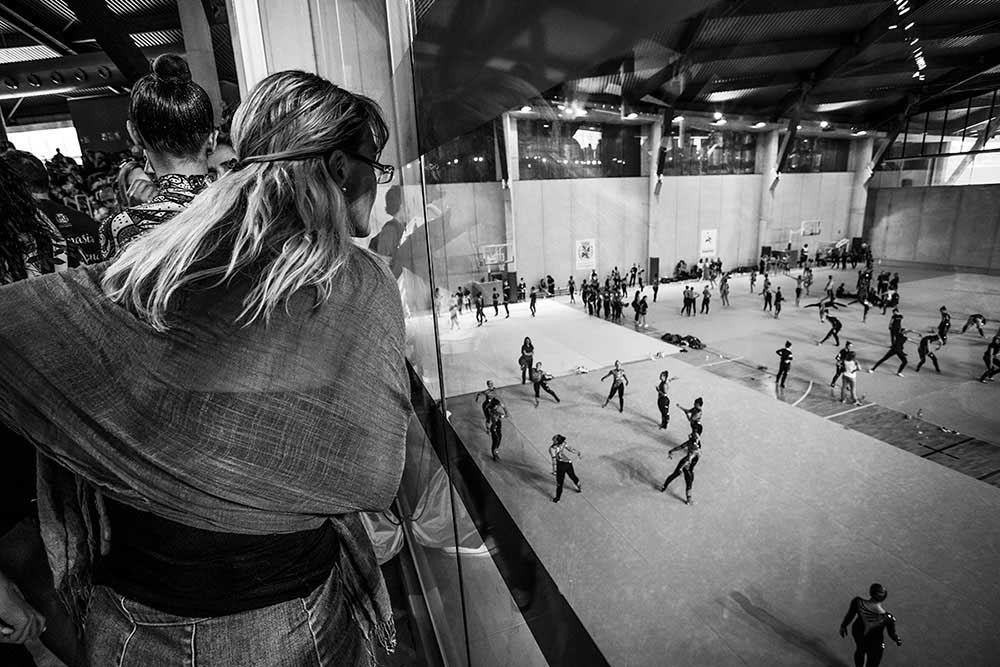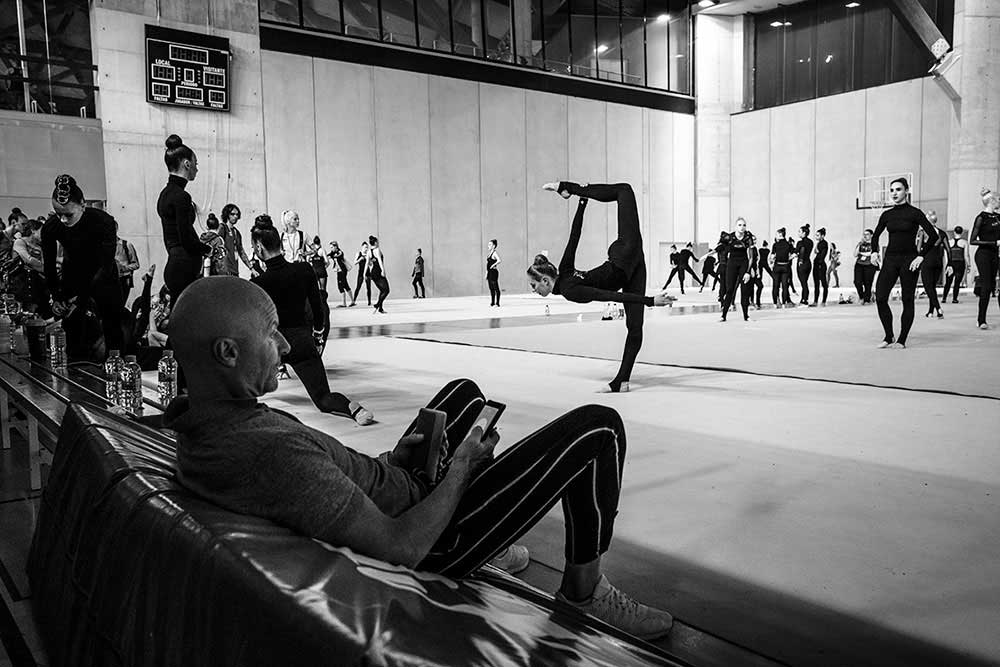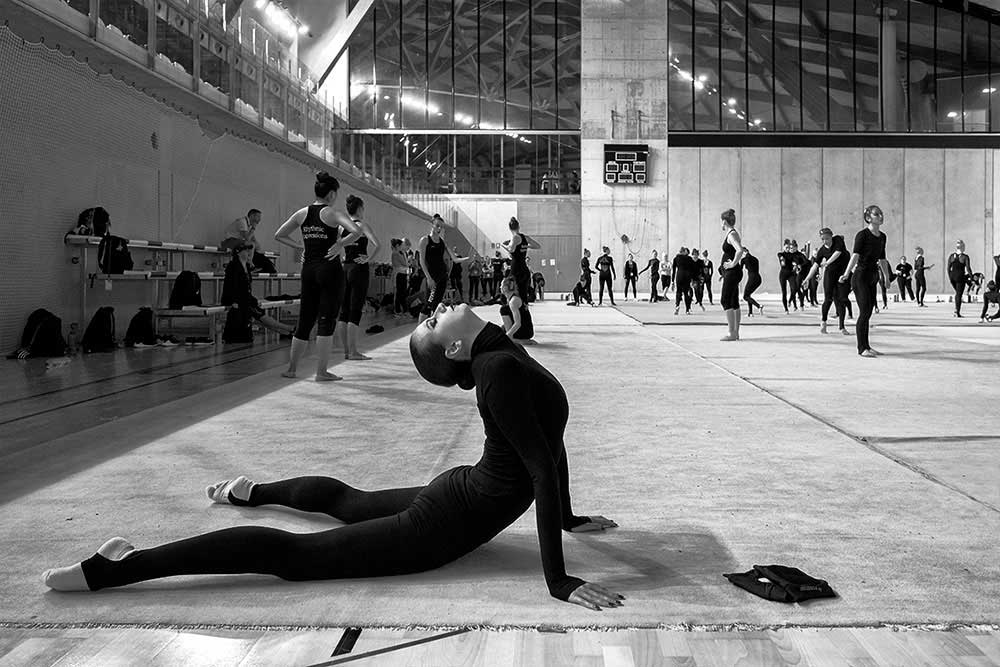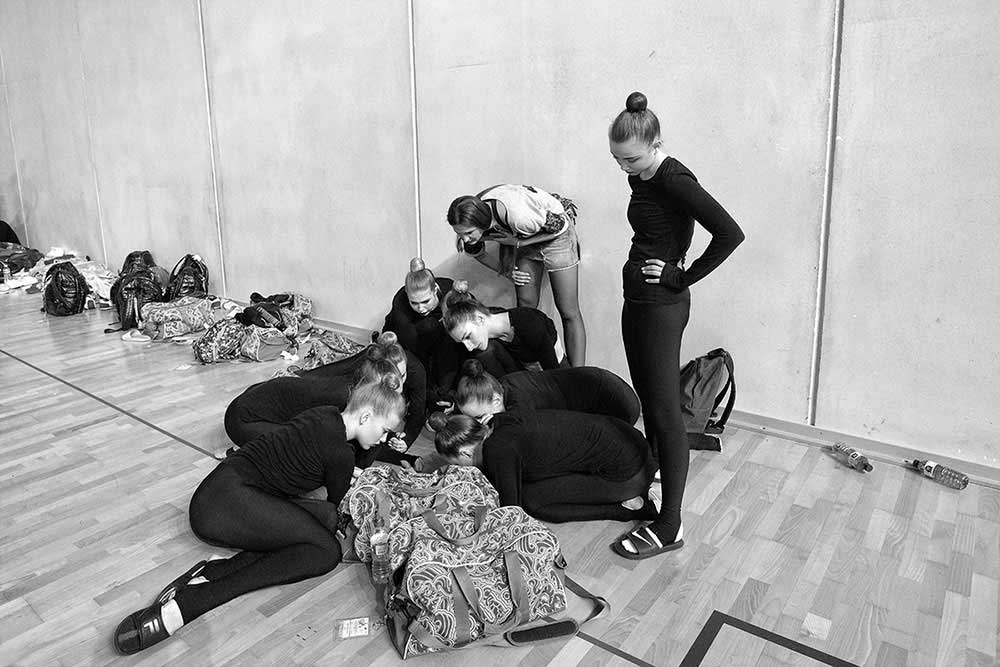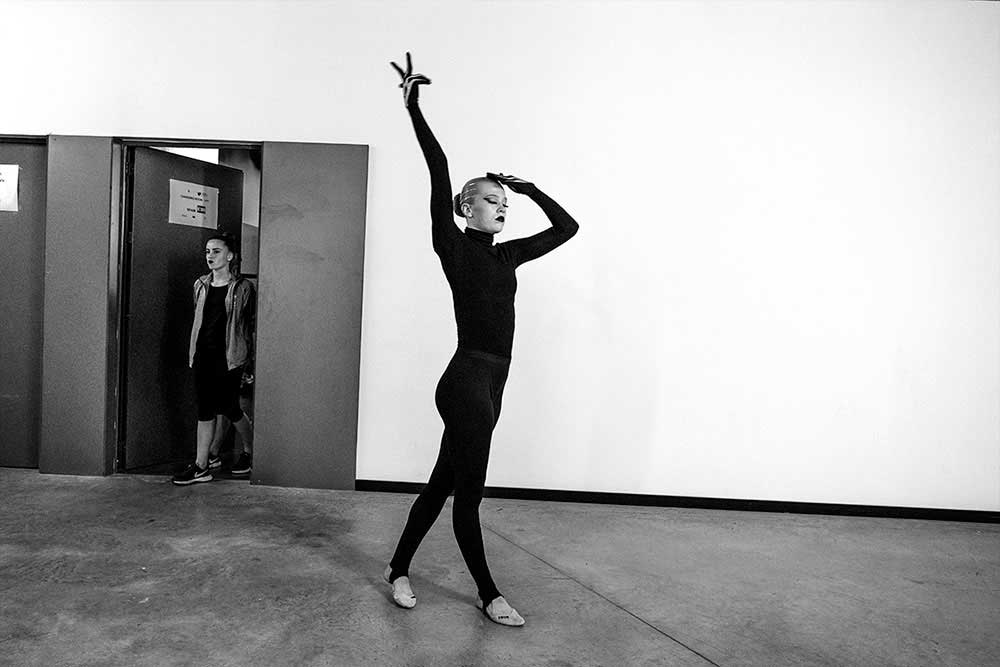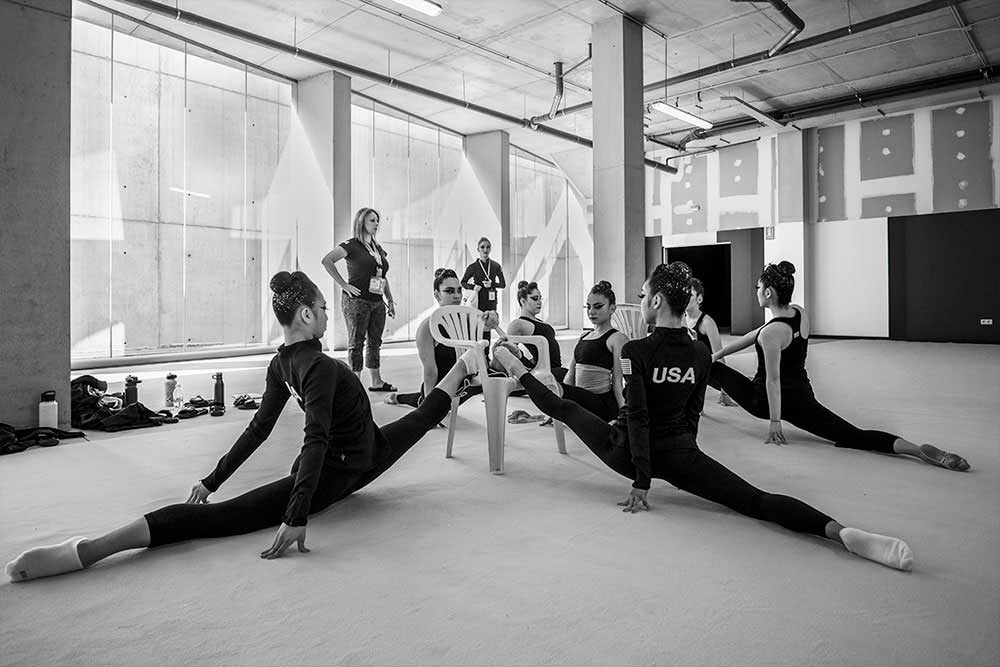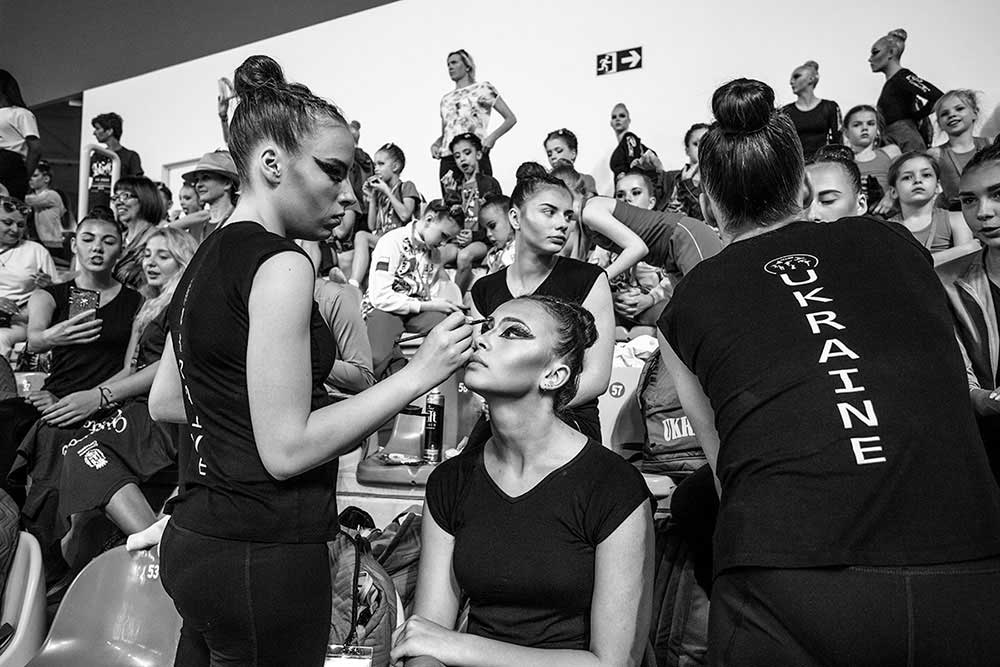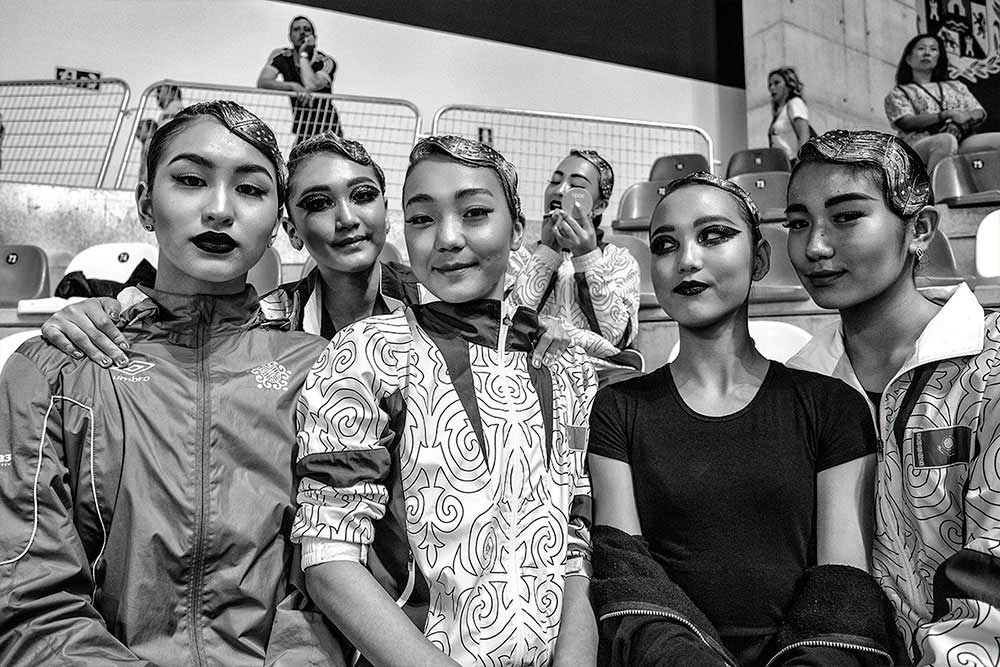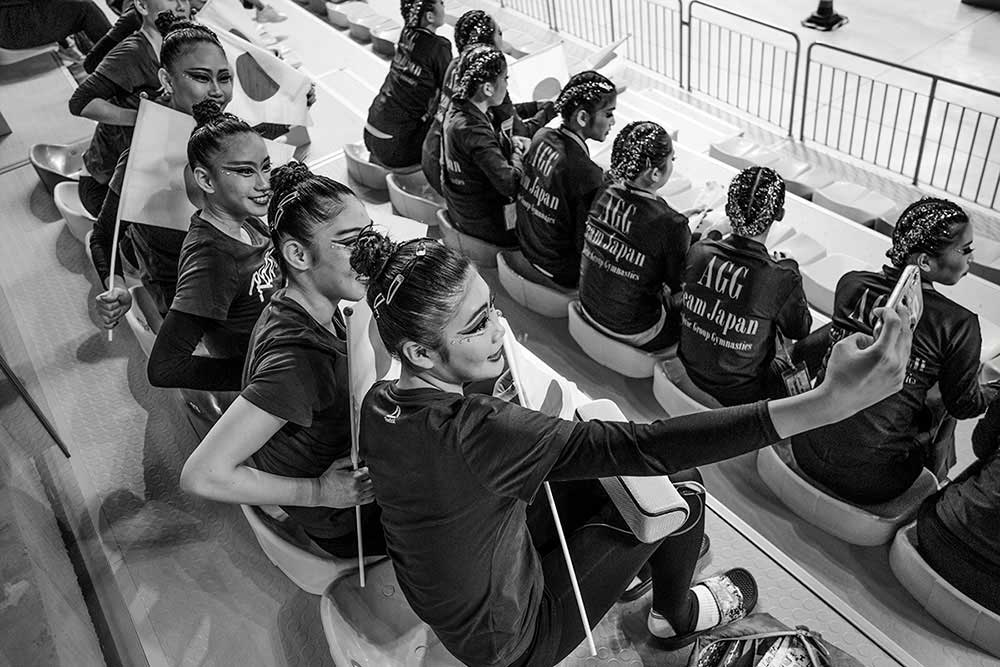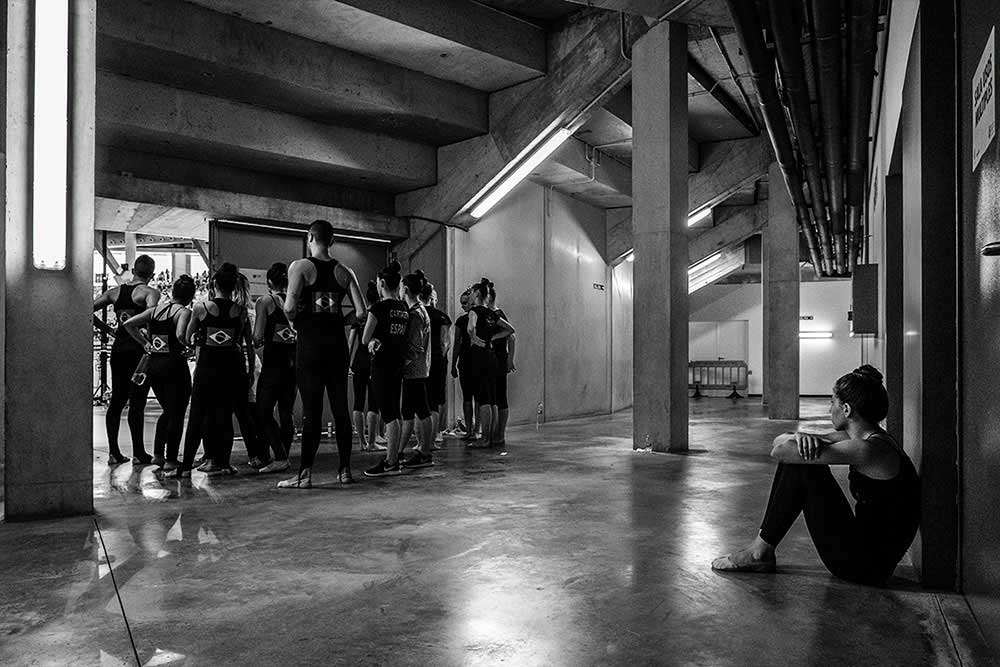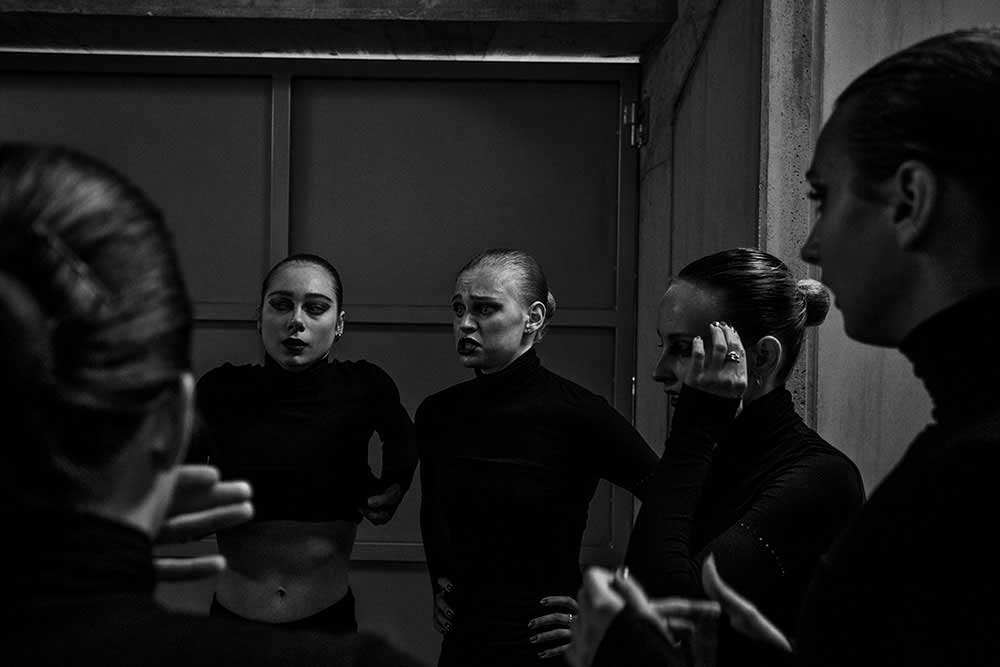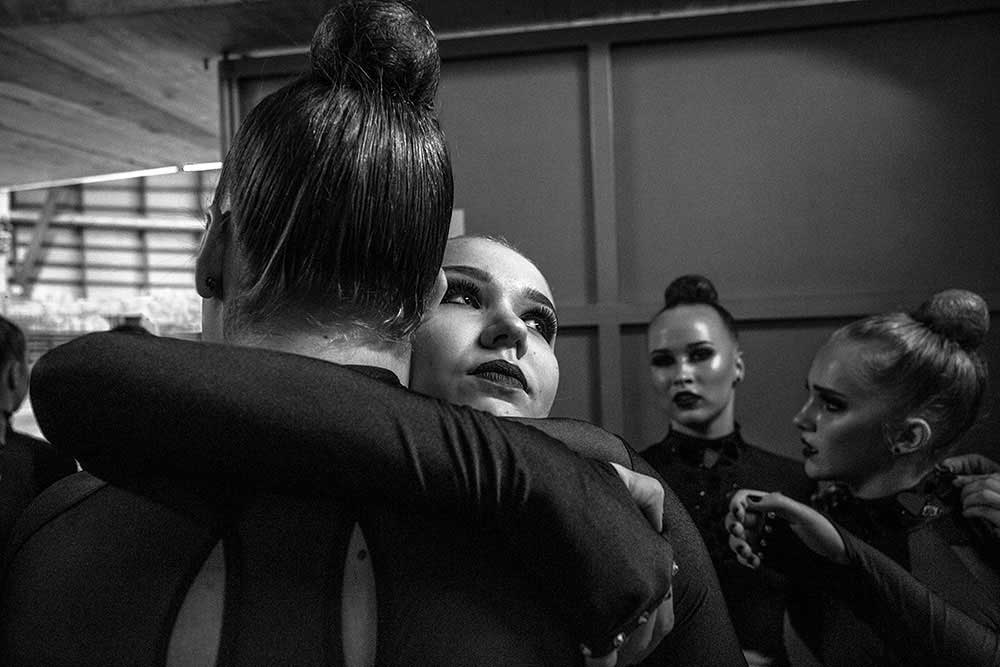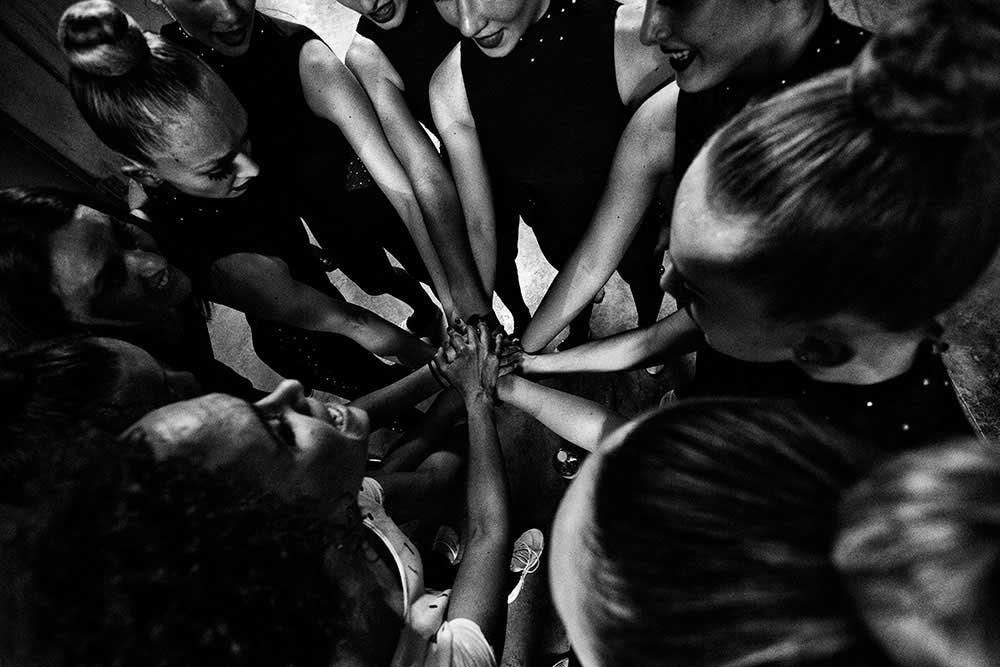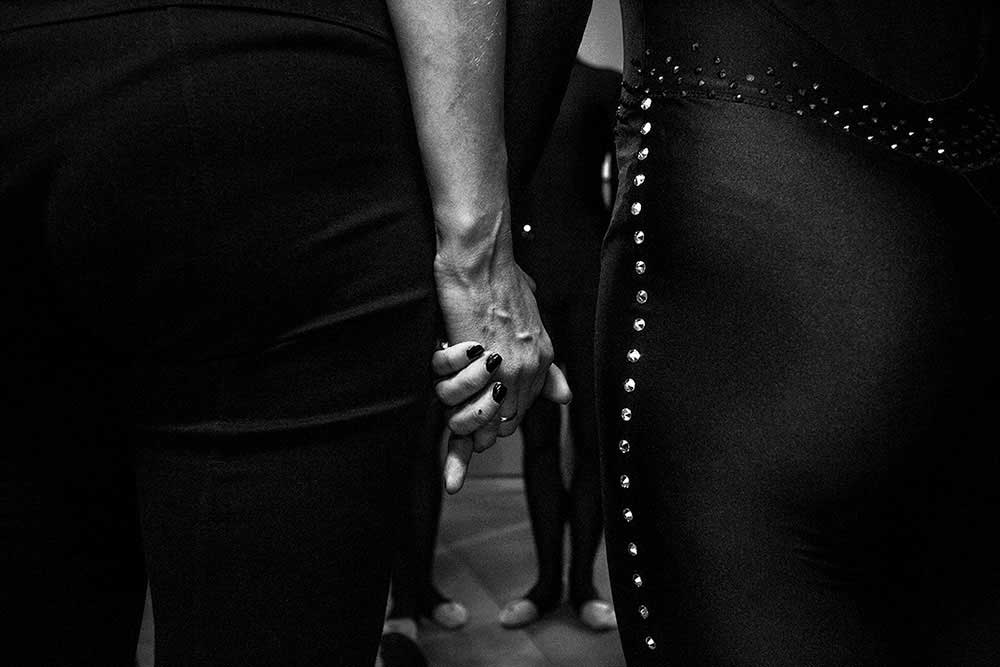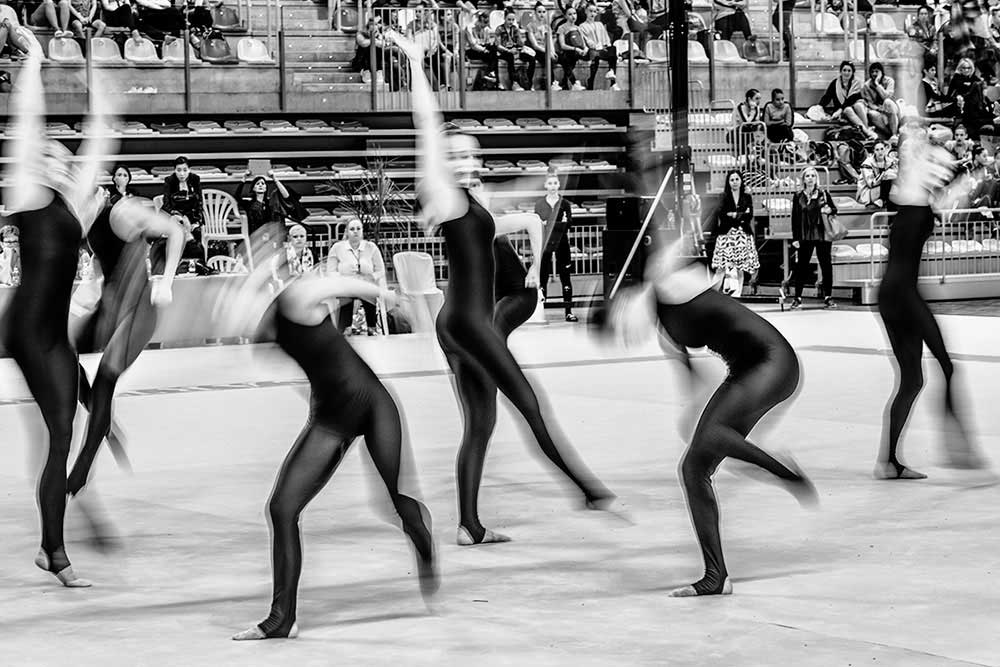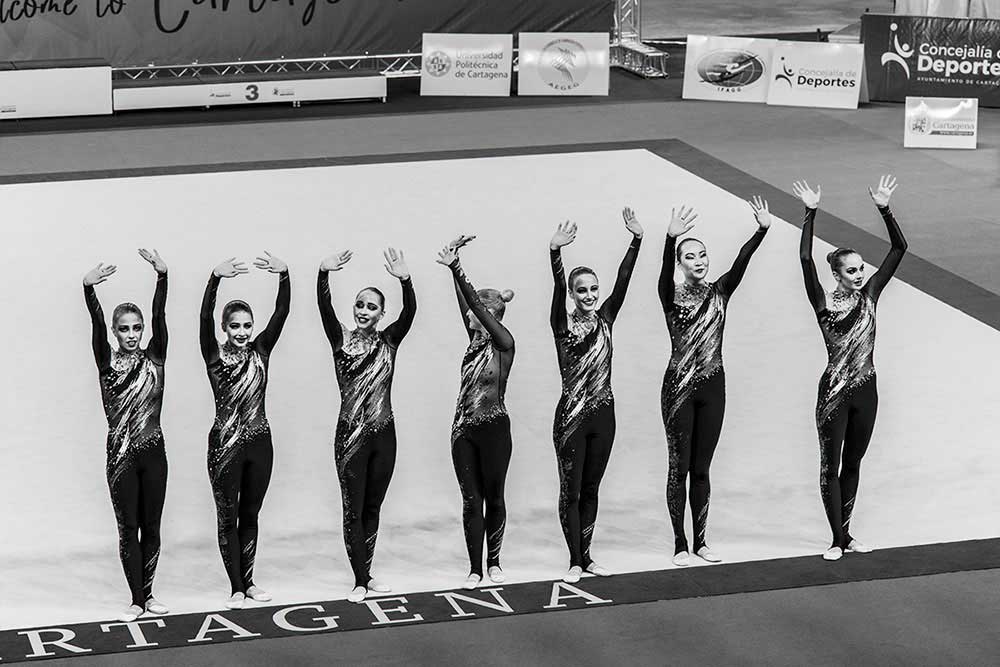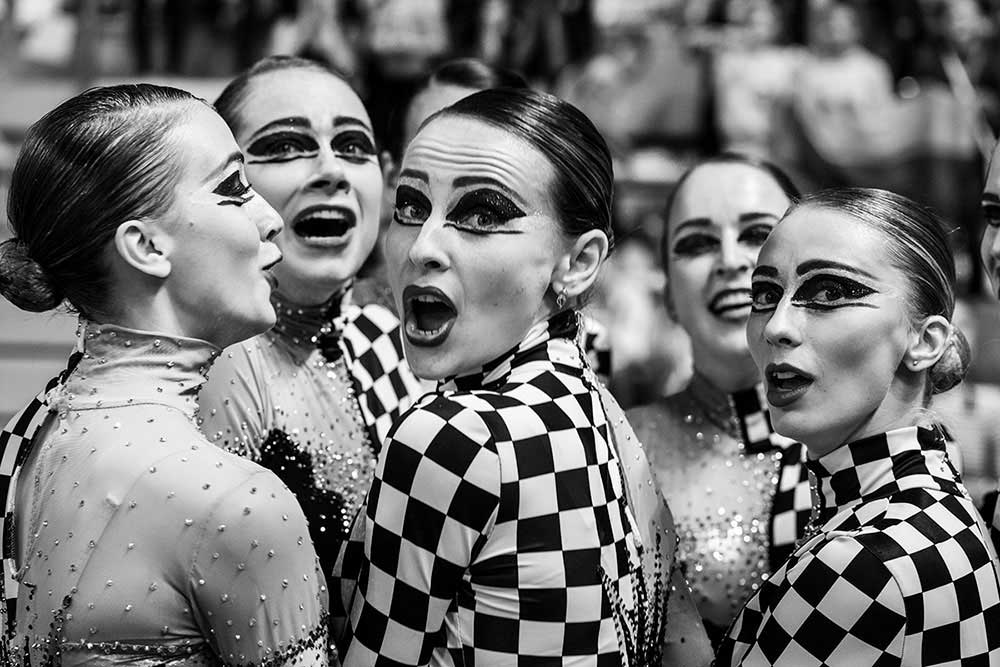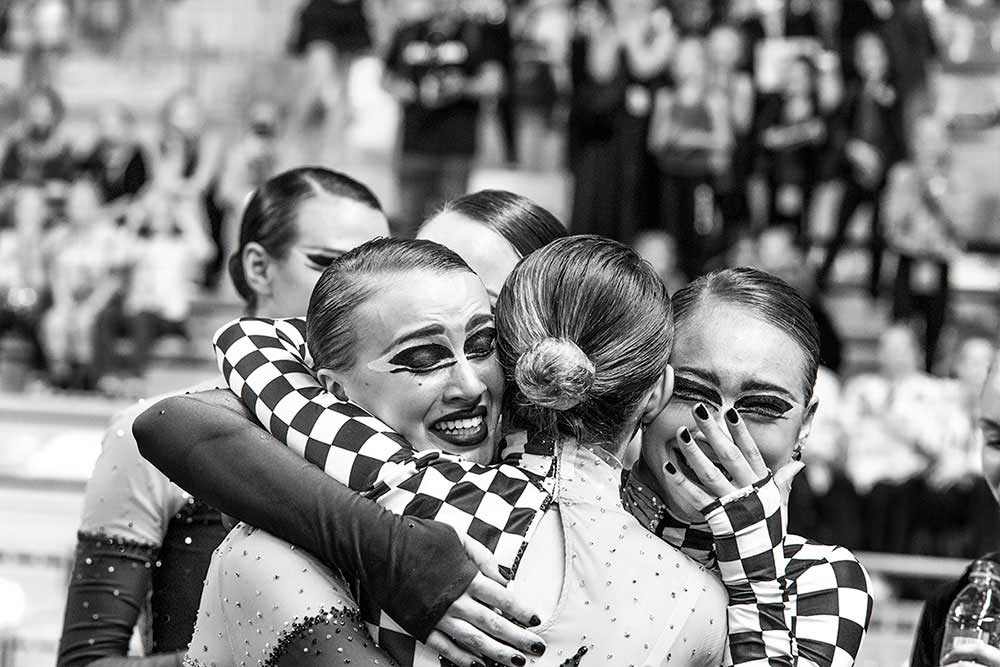In the current model of society, the word sport is synonymous with health, culture and modernity, but also it means wealth. At least, that is the way the State considers it, as one of the great economic engines. It is a key sector for our income statement even in times of political and economic uncertainty such as the ones we are going through now.
The number of federated members in the two main sports, football and basketball, continues rising year after year. However, the increase in federation licenses in minority sports such as badminton, olympic shooting or gymnastics is almost exclusively due to the successes of our athletes. Its annual growth is insignificant because of the very low media coverage, the unfair distribution of budgets between the different federations, the lack of institutional aid and the ridiculous investments dedicated to its promotion. In some Autonomous Communities, the extraordinary work of modest clubs, neighborhood sports associations, small sponsors and the economic contribution of families are their greatest support. It is clear that we are facing a large industry that generates millionaire revenue for public coffers, as evidenced by studies done in this regard, but the shadow of mass sports is still very important.
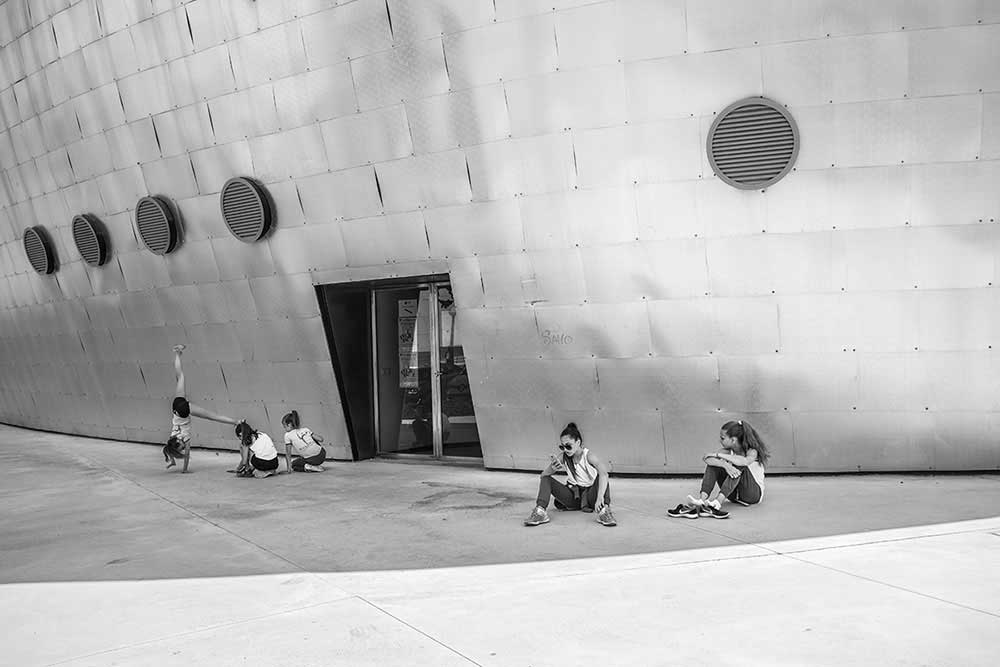
Therefore, we can affirm that although we consider ourselves a democratic country, today, inequality in sport as in other sectors of our society remains very clear. In the case at hand, it is accentuated if we also refer to “women’s sport.” In the last 25 years the situation has hardly improved. The advances are so imperceptible that they are hardly worth mentioning, in spite of the achievements are comparable to those of men. After 20 years since the beginning of the 21st century, the problems faced by women’s sports in Spain are still far from possible short-term solutions.
This series corresponds to the report I made about the World Group Aesthetic Gymnastics Championship held in May this year in Cartagena, Spain. There were 3 days of competition in which 178 teams from 28 countries, 1700 gymnasts, 250 sports technicians, 60 judges and 150 volunteers were mobilized. A high level event that barely brought together a few local spectators and whose impact on the media was practically nil.
In front of this reality, some time ago I decided to dedicate part of my photographic work to all those issues that had to do with discrimination and inequality, focusing mainly on women and Spain. I want in this way, to contribute to give them more visibility and get the institutional and social recognition they deserve.
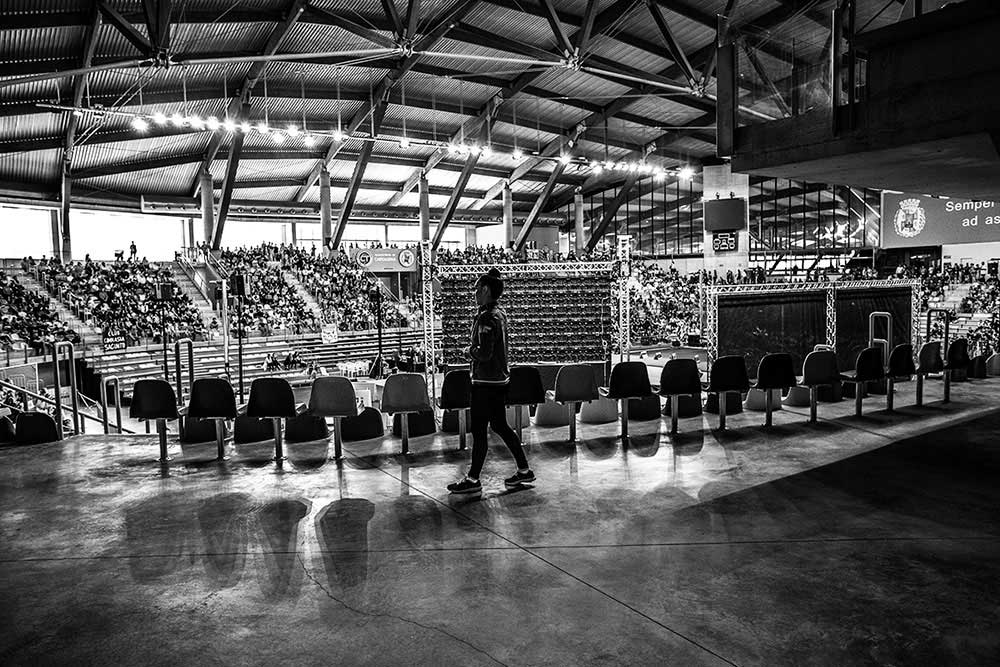
About Sergio Ferreira
From my beginnings I was a self-taught photographer. When I was 16 I began to feel a special attraction for the image world. The cinema, the billboards, the magazines and the TV called my attention powerfully.
At the age of 22 I became a member of the Cartagena Photographic Association. This fact was crucial in the choice of this language as a form of artistic expression, because it helped me grow as a person and as a photographer. They were several years of intense photographic activity and creativity with other colleagues and friends. However, as time passed by the situation changed. The industrial crisis that affected our region led us to give up the activity of the Photographic Association due to lack of public support. This new scene changed my personal and work future and I stopped my photographic activity for more than 12 years.
I come back with an individual exhibition entitled “In the front line”. Little by little I recover the illusion for the creation of new projects. So, in order to expand my training I begin to attend different seminars and workshops by renowned photographers such as Luis Castelo, Chema Madoz, Julio Álvarez Yagüe, Manuel Sonseca, Miguel Trillo, Manolo Laguillo, or Joan Fontcuberta, among others. In 2015 I finish my studies in Visual Arts, Photography and Personal Project at the Miguel Hernández University in Elche (Alicante).
My passion for this discipline has prevented me from dedicating my work exclusively to a single genre. That is why I like moving among the documentary, the social reporting and the portrait.
I have received several awards, honorable mentions and selections both nationally and internationally, I have taken part in individual and collective exhibitions and some of my works have been published in books, catalogues, magazines and press, my latest awards have been Honorable Mention in the 2017 Chromatic International Color Photo Contest Awards , “Street” category // Finalist in the 2018 Signo Editores International Photo Contest, “Architecture” category, Madrid // Honorable Mention in the 2018 Chromatic Internacional Color Photo Contest Awards, “Architecture” category // Honorable Mention in the 2018 IKEI International Photo Contest, Spain // Finalist in the 2019 SONY World Photography Awards, “Motion” category, London // Double-page publication in the “Big Pic” section of the National Geographic Traveller Magazine July/August 2019, United Kingdom // 1st Prize in the 2019 “PX3” Prix de la Photographie Paris, “Press/Sports” category, Paris // Three Honorable Mentions in the 2019 “IPA” International Photography Awards, Fine Art, People and Sports category, USA.
